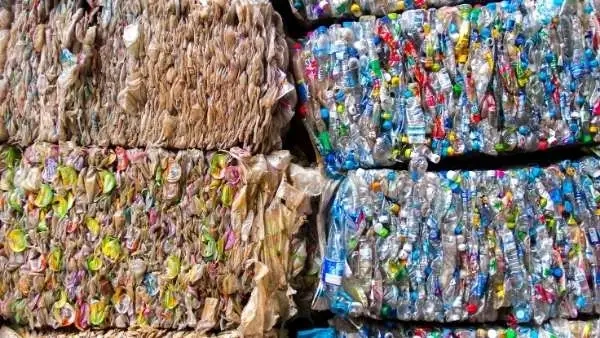
Different Waste Types & What Can Be Incinerated
Waste Types
When looking for ways to eliminate household and industrial waste, one of the first methods both individuals and municipalities consider is incineration. Initially, this seems like an excellent option: trash is burned, which reduces the amount that goes into landfills. However, incineration is not suitable for all forms of waste. Knowing the difference can help ensure that waste is disposed of properly, with minimal harm to the environment.
Here are the various types of waste and which ones are eligible for incineration.
Mixed Municipal Waste
Mixed municipal waste, also called municipal solid waste (MSW), is the mixture of general household waste (paper products, lawn clippings, consumer plastics and glass, food, and discarded products) with industrial and commercial waste. MSW typically ends up in a landfill after waste removal specialists pick it up from homes and businesses.
Most MSW, being primarily paper, is safe to incinerate, and this is preferable to placing it in a landfill. Trash is typically not sorted, which means that all components of MSW are dumped in a landfill together. Over time, discarded electronics, plastics, and organic materials (pet waste, diapers, etc.) leach into the surrounding land, polluting waterways. Therefore, incineration is an efficient option as MSW production rates continue to grow.
Refuse Derived Fuels (RDF) is produced by various types of waste, including MSW and industrial waste, and it is incinerated at high heat to produce energy. All waste streams are processed to eliminate glass, metal, and other non-combustible materials. Heavy materials such as textiles and furniture are also removed to improve the burn’s efficiency.
However, MSW sometimes contains hazardous waste, which presents dangers in both landfills and when collected separately.
Hazardous Waste
Both households and businesses produce hazardous waste, which includes batteries, solvents, pesticides, motor oil, brake fluid, refrigerants, asbestos, and certain types of paint.
Hazardous waste can be flammable, corrosive, explosive, or toxic if handled incorrectly. Dumping it in a landfill where it could be heated to extreme levels in uncontrollable conditions is not advised. Incineration is almost always the safest option, and hazardous waste can actually provide energy when it is burned in controlled, high-heat kilns.
Biohazard waste is generally treated separately. Biohazard waste produced by medical facilities and sewage collection plants is sometimes combined with other types of hazardous waste if incineration is used. Medical waste may also be autoclaved, in which the waste is contained, then sterilized with intense steam.
Animal waste such as that produced by meat processing facilities, dairy farms, breeders, veterinary clinics, and pet crematories is typically incinerated separately. Incinerators are typically operated onsite on a small-scale and are a safe way to dispose of carcasses, pelts, manure, and other animal-related waste.
Biomass
Biomass, including grass clippings, pulled weeds, and trimmed branches of trees and shrubs, may initially seem like a prime candidate for incineration. However, this type of waste naturally breaks down relatively quickly and so is suitable for composting or landfill.
Many households and farms attempt to burn their biomass in a rubbish heap, but this sort of uncontrolled burn actually contributes to air pollution. Biomass contains high moisture levels and when burned, can produce ash that causes smoke and contributes to respiratory distress. A better solution is to burn the biomass in an industrial incinerator or allow it to go into the compost heap or landfill.
Conclusion
Most types of waste can be safely incinerated, and this has helped reduce the burden on landfills, as well as the likelihood that waste contaminates soil and groundwaters. Incineration also contributes to energy production and is a safe way to discard of potentially toxic or contagious materials. As incineration technology has improved, it has become a cleaner, more efficient way to dispose of waste from both households and commercial facilities.
